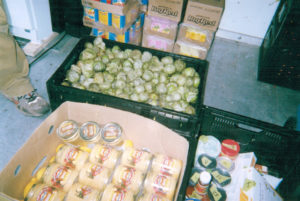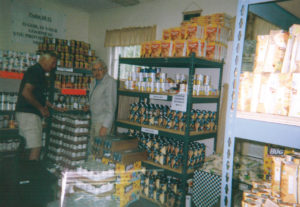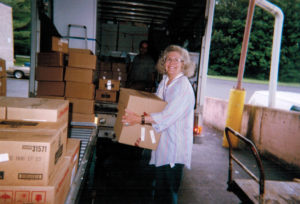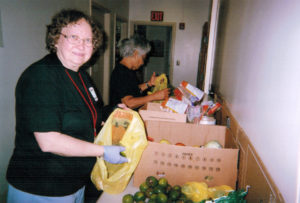Paul, Duct Tape, and Homelessness
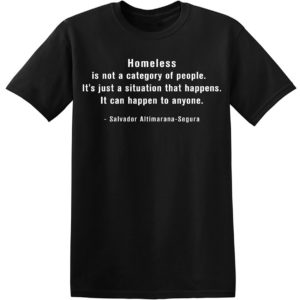
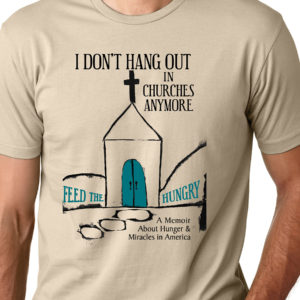
Paul has been on my mind all week.
One of my oldest friends, I knew him and worked with him when I worked and lived in Virginia – just outside Washington D.C.
Back then, we had Kelly Girls. Paul was my very best Kelly Girl. I could send him anywhere – well, not to the male chauvinist lawyer who would only pay for a cute legal secretary. But all the others loved his work.
He showed up on time for his assignments and he turned out a perfect work product. He was a bargain. Whatever he did, he made the client feel that Paul gave more than the money’s worth for every job done.
Everyone knew Paul was homeless. Nobody cared. He was the best typist out there. (This was before computers, you understand.) A quality work product counts for a lot when it comes time to pay the bill, after all.
So why have I been thinking about Paul all week? It was the Duct Tape that did it. My watch band broke and I need the watch. I drove over to Genter’s Jewelry Store in Saugerties and discovered a “for rent” sign where the “open” sign used to be. Mr. Genter always fixed everything . He didn’t care whether it was a watch band, a clock, a necklace.
He also sold silver and gold chains at bargain prices. And, he custom designed a coin for me. His work was exacting. Genter’s was my go-to destination for all things jewelry.
Genter’s is a statistic of the Coronavirus. With Mr. Genter gone, what was I going to do? I physically grieved when I saw the sign in the window.
I went straight for the Duct Tape. I now wear a watch held together with Duct Tape. I’m getting used to it, actually. My sense of urgency diminishes a little more each day.
I’m sure I’ll get along just fine with the Duct Tape. Paul Did.
Duct Tape adorned most of Paul’s clothes and anything else he used. Duct Tape held Paul’s shoes together. Duct Tape held the watch on Paul’s arm. Duct tape even kept Paul’s eyeglasses going. Finally, Duct Tape held Paul’s winter coat together.
So, following in Paul’s example, Duct Tape will keep my fitness watch going.
I rather like my new Duct Tape look. And, I like remembering Paul. He always made me smile. And, smiles these days are hard to come by.
Thanks Paul! You set a good example. This Duct Tape will work until I can find Mr. Genter, just as Duct Tape held your shoes together until you could find a newer used pair of shoes.
And, thank you for reading this article. Please forward it to your preferred social media network.
Thurman Greco
Woodstock, New York
PS: You can order one or more of the fancy T-shirts pictured in this post today at :
www.thurmangreco.com.
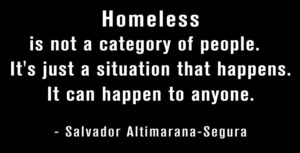
I also wrote about Paul in “No Fixed Address.”

No Fixed Address

“No Fixed Address” is dedicated to those in our country with no roof over their heads. See your neighbors, your friends, your relatives, in new ways as they describe their daily lives in their own words.
The people in this new book reveal themselves to be both brave and fearless as they go about their activities: work, laundry, children’s homework, appointments. Mostly they live like the rest of us. They just have no roof over their heads.
“No Fixed Address” is my newest book in the Unworthy Hungry series. It’s easy to read and understand. You won’t be bored, not even for a minute.
I hope you’ll order it today. Get an extra copy for a friend!
This book has an extra surprise. When you get a copy, you’ll be making a donation to a good cause. You’ll be fighting hunger and homelessness.
It doesn’t get much better than that!
Thank you for reading this article!
Please forward it to your preferred social media network.
Thurman Greco


Hungry People
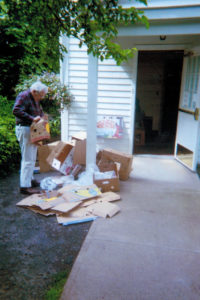
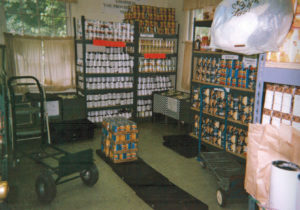
When an economy tanks, hungry people find the food pantry. The tanked economy of 2008 has been referred to many times in the past few days on the news. References to past broken economies are made every day.
The situation is very different this time, but for the hungry people, the situation is the same.
In 2008, New York got with the program quickly, it seemed. The Hunger Prevention Nutrition Assistance Program people handed down guidelines mandating specific foods for the pantry room. Produce, whole-grain bread, eggs, dairy products appeared on the shelves. Crowds and an ever-lengthening hallway line became the norm.
In Woodstock, the pantry attracted several hundred hungry people to its basement room every pantry day. The line formed outside the door at 1:00 for the 3:00 opening, regardless of the weather. Hungry people who visited the pantry a week ago and took home groceries, would today be out of food and need more.
Today, in 2020, some pantries are closed. That puts even more pressure on the pantries that are open. Food pantry volunteers are not only serving more and more hungry people because of the layoffs of the pandemic. They are also serving people who shopped at the now-closed pantries.
When people live close to the edge, they have no reliable cushion. They’ve lived in a situation where they make choices every day: food or medicine, food or rent, food or gas. Now, when the coronavirus strikes, they have no either/or choices.
Food pantry volunteers take precautions. They take temperatures as volunteers enter the pantry. Volunteers wash hands repeatedly and adhere to the six-foot social distancing guidelines.
But the need for food is not imaginary.
Volunteers are realistic. They can’t kid themselves into believing nothing will happen to them because they feed hungry people. They know they’re taking chances. They also know they are doing a needed job. For many volunteers, it’s something they need to do.
There are no words for this feeling.

I have a small thank-you gift for you. All you have to do is email your name and mailing address to me at thurmangreco@gmail.com and I’ll send you, free of charge, with no strings attached, a small book about a food pantry I used to work in – “Miracles”.
Thank you for all you do…not only for volunteering in a food pantry but also for shopping at a food pantry. Your actions are courageous. Following your inner moral compass is also courageous.
Please refer this article to your preferred social media network.
Thurman Greco
What I Believe – Seniors in a Food Pantry
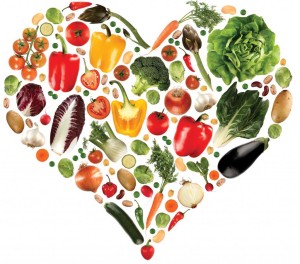
As seniors age, the courage we experience becomes more obvious as we feed hungry people. After all, what does a senior have to lose? Courage is a necessary part of the aging personality because our platform continually shrinks.
We’re often overlooked in the homeless arena. Those looking out forhomeless people focus on an older adolescent (especially if there’s an infant involved), and families. There’s just not much energy left over for hungry people seniors and cocker spaniels.
It never occurred to me that turning away hungry people in the pantry line was something I would do. Or could do. Or even consider doing. Turning away hungry people was not an option.
I came to the pantry as a crone or harridan depending on the circumstances and a person’s attitude toward me and my attitude toward hunger. I brought already formed opinions and beliefs, many of which were with me at birth.
Some argue that people are born as blank slates. I can’t agree. For one thing, I never experienced a blank slate when it came to hungry people. I didn’t have an “aha” moment when I met my first hungry person. I didn’t examine the value of feeding hungry people in a philosophy or government class. I never, at any time, analyzed the concept of feeding the hungry.
Because I lived my opinions about hunger, and because I got up close and personal with hungry people in Mexico and Venezuela, I was comfortable with the concept of feeding hungry people.
I never even considered not feeding hungry people I the food pantry. When I saw them, I remembered moments in Mexico and Venezuela and realized hunger is an intensely personal situation accompanying malnourishment. Hunger can lead to starvation.
Hungry people needing food are voiceless. Even though it’s harder on those with mental and emotional issues, it impacts everyone spiritually.
As they distribute pantry food, volunteers reduce costs in other areas of government: healthcare, housing, education.
A long-term poor diet contributes to illness which poor people can’t afford. Healthcare costs get shuffled over to taxpayers. When forced to choose between housing and food, the hungry often opt for housing. Later, if they can’t pay the housing costs and end up homeless. This results in further tax bills.
When school children are too hungry to learn, the damage is long term. They risk becoming uneducated adults unable to qualify for employment. Our problems flow to the next generation and the future.
DANA
“Hi, Dana. Come on in and shop. How’re you doing this week?”
“Fred’s still in the hospital. He’s been diagnosed with kidney disease and he’ll be on a special diet when he comes home.”
“I’m sorry to hear that.”
“I’m so glad you sent me to Dr. Longmore. He told me exactly who to go see, what paperwork to get, everything I needed to get care for him. I hope Fred’s coming home soon.”
“Dana, I’m so happy to hear this.”
“Thank God the pantry has all these fresh fruits and vegetables. By the way, do you have any laundry soap today?”
“I wish!”
I met Dana the first morning I worked in the pantry and she shared her adventures with me every week from that pantry day on. Of all the people going through the line in the pantry, I probably learned more about her than anyone else.
I never learned where she lived, how many children she had, where she came from or anything like that. What I learned from her was a running commentary of present tense food insecurity. She shared her daily struggle as she traveled through life trying to keep a roof over her head, clothes on her back, and food in her refrigerator.
Walking through the line weekly, she shared her life with me. I learned how she found a coat for the winter when the old one wore out and she had no money.
“Dana, your coat is beautiful!” It’s going to keep you so warm!”
“Yes, it is, isn’t it? You should have seen it when I found it. It was filthy!” I couldn’t even tell what color it was. I took it home, put it in the tub and worked on it all afternoon ’til I cleaned it up. Now look at it. It’s a perfect fit!”
I learned how she struggled to keep her car going…and then finally gave it up.
“The bus is working out real well over here. I catch it about two blocks from my apartment in Saugerties and ride it over. I wait in the hall ’til it comes back to take me home. I only have to carry my groceries about five blocks in all! I’m so lucky I found this bus. I get to ride free because I’m a senior!”
Dana was the most confirmed optimist shopper in the line. And, when Dana was in the line, I was the most confirmed optimist pantry volunteer in the place.

Thank you for reading this article! Please refer it to your preferred social media network.
Thurman Greco
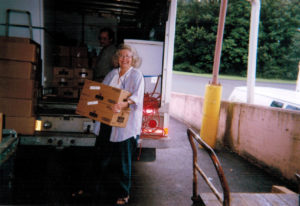

Preventing Senior Hunger
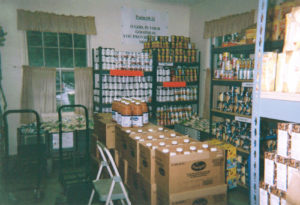
For years, I’ve been blogging and writing books about hunger in America in general and senior hunger specifically.
Senior hunger is not going away anytime soon.
If you read my blog posts, then you are probably interested in senior hunger. Recently I came across a guide which you will want to read.
To learn more about senior hunger, access it here: https://onlinegrad.baylor.edu/resources/seniors-food-insecurity-hunger/
Thanks for reading this article and thanks for your interest and action.
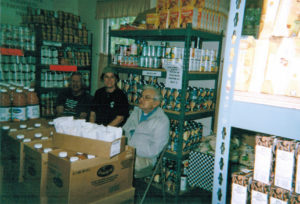
I hope you’ll not only read this article but will also share it wherever you feel it might be appropriate.
This new resource may be of interest to readers everywhere. The goal is to help open a dialogue in our country about senior hunger.
Thank you for your time and thank you for your concern about seniors and hunger.
Thurman Greco


Please share this post with your preferred social media network.
Abundance 2: LeAnna, Catherine, and Jane – Women, Mothers, and Hunger in the Food Pantry

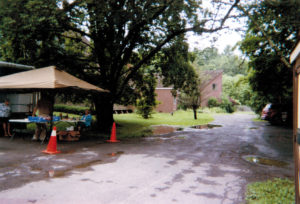
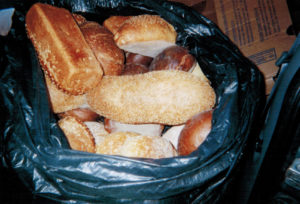
Abundance. LeAnna volunteered in the pantry. She had a business degree, a house, two adorable children and a spouse with a fancy career post somewhere in Europe. He decided he wanted nothing to do with her anymore. No money came across the ocean for her and the children. There was no money for taxes she owned on the house, or anything else for that matter.
LeAnna was happy to take the vegetarian items available each week. Her children loved fresh vegetables so there was much to choose from. The girls saw yogurt as a treat.
Catherine had a house full of children including two so close together, I thought they were a set of twins. She couldn’t get it together to work. And, I doubt if she could have gotten employment in our area anyway. This lovely lady had two advanced degrees.
There weren’t many, or possibly any, jobs available in Ulster County in her career field. And, of course, once a woman gets an advanced degree, the lower level jobs aren’t open to her unless she hides the education. Sometimes education can be hidden. Sometimes not. It all depends on the situation. The main thing is to get it off the resume.
Catherine was open-minded about the food she selected. She took anything not tied down. Because she qualified for cases of USDA, Catherine left the pantry with a case each of pasta sauce, canned corn, green beans, vegetarian beans, refried beans.
When she finished shopping, ten-year-old Robert Allen, our next-to-youngest volunteer, brought out the flatbed metal wheeled cart, put her groceries on it, and wheeled them to her car. Little toddler Mikey, our youngest volunteer, ran along behind.
I saw Jane, the young mother who couldn’t work because her husband threw her up against a wall, injuring her back. She had an eight-year-old child she was trying to raise without the luxury of child support.
Jane chose items from shelves where bending and stretching weren’t necessary because she couldn’t do those things.
And, to return to the beginning of Abundance, these three families and referenes to the critics about shoppers all owning upscale cars – Catherine, LeAnna, and Jane owned fairly late model SUV’s in good condition. They invited the criticism of the pantry naysayers when they drove into the parking lot to shop.
Here we had three households, single-headed households in need of food. If not for a couple of years, then for several months.
For some, feeding hungry people means we fed freeloaders. Not all hungry people look needy. Some of the best-dressed people in Woodstock never spent a dime on their clothes. They had no money for clothes so they shopped at Family of Woodstock.
Neither of these households was homeless, although they could be when the tax collector came to call.
Neither of these households was without transportation although they could be if the SUV needed expensive repairs. Nobody in these households looked poverty-stricken although they could be if the car needed repairs.
For the moment, neither LeAnna, Catherine, nor Jane looked poverty-stricken although, they would in time with no child support from the spouse to help with expenses.
These three women had several things in common. They were divorced. They had children. They received no money from the ex-spouse even though each one had a lucrative, influential employment career, money, and a bright future.
There was not a job among them.
There was little or no money for a food budget even.
LeAnna, Catherine, and Jane each lived with abundance on one hand, a large box of unpaid bills on the other hand, and hope, dreams, and fears somewhere in the middle.
The children were eligible for school breakfast and lunch programs. But, that didn’t give them enough food to eat at home. And, there was no lunch program for the mothers.
So, it was off to the pantry. This was a life-changing decision. Using a pantry requires commitment, endurance, and effort. Attitudes about food in particular and life in general change.
Pantry shoppers are often self-disciplined, self-controlled, determined to do what is best for the family.
Freeloaders? What do you think?
Every week when these women shopped I saw myself as a young woman returning from Mexico with my two daughters and nothing but the clothes on my back. There was no way anyone, just by looking at me, would have known how little I had.
Whether we come to the pantry as shoppers, volunteers, or both, all of us are asked by the pantry to leave; the past behind. And, of course, that’s different for everyone.
How can we move forward into a new life if we never give anything up? For some, giving up the past means letting go of the job we lost, the home, the furniture that went in the home, maybe the family, self-esteem, the car, good health.
What happens in the pantry, this shopping, this offloading, has the potential to be the greatest journey of one’s life. The hungry person learns things in new ways, and sees things never noticed before. And, finally, there is the knowledge that anything can happen. When all is said and done, things will never be the same again. Better off for the experience, thoughts change.
Beliefs and core values are found.
I’m sticking my neck out here to say this.
Being hunger in 21st century America is a spiritual journey involving miracles, forgiveness, endurance, and spiritual healing. It’s all about discovering that it’s never too late to be who you really are.
That’s what this story is all about.
Thank you for reading this blog post in two parts. Please forward it to your preferred social media network.
Thurman Greco
Peanut Butter in the New Year!
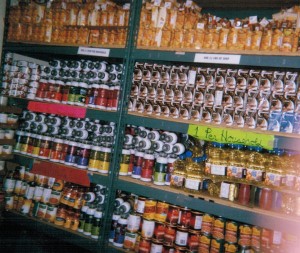
It’s hard, sometimes, for a person to figure out what to donate to a pantry. The supermarket has so many different items on the shelves. What is the best thing to give?
For me, the best food to give to a food pantry is peanut butter. Peanut butter is universally appreciated in a food pantry.
It needs no refrigeration.
It has a long shelf life.
It has no waste.
It is nutritious.
It does not require sophisticated preparation.
No special tools are needed to serve it.
It can be eaten alone or with other foods.
Peanut butter is appropriate with many categories of people: children, adults, seniors, homeless, toothless.
A jar of peanut butter is reasonably priced but it is still a bit expensive for many people.
Peanut is perfect for my needs!
Will you join me? Will you pledge to donate peanut butter to a food pantry.
I’m committing to a jar a week. But, your commitment doesn’t have to be that much. A jar a month will make a significant donation to a food pantry.
Or, even just a jar. Whatever you can give will be enough.
If peanut butter does not resonate with you and your situation, kind thoughts, support, and prayers are always appreciated. Pantries cannot succeed without the backing of the communities where they exist. Your help is necessary to fight hunger.
Thank you for your generosity!
Thank you for reading this post. Please refer to your preferred social media network.
Thurman Greco



Hunger, our Planet, and the Winter Solstice

On this Winter Solstice please take a moment that fits into your day to focus on our world and how we fit into it.
Visualize a world where all beings know they are connected and live in the comfort of this connection.
Focus on a planet where everyone works together with mutual respect, honor, and harmony.
In your spirit, see a world in which no one goes to bed hungry.
Understand in your heart that hunger and homelessness are not categories. They are situations which can happen to anyone.
Create a vision of peace and food for all.

Thank you for reading this article. Please refer it to your preferred social media network.
Thurman Greco


